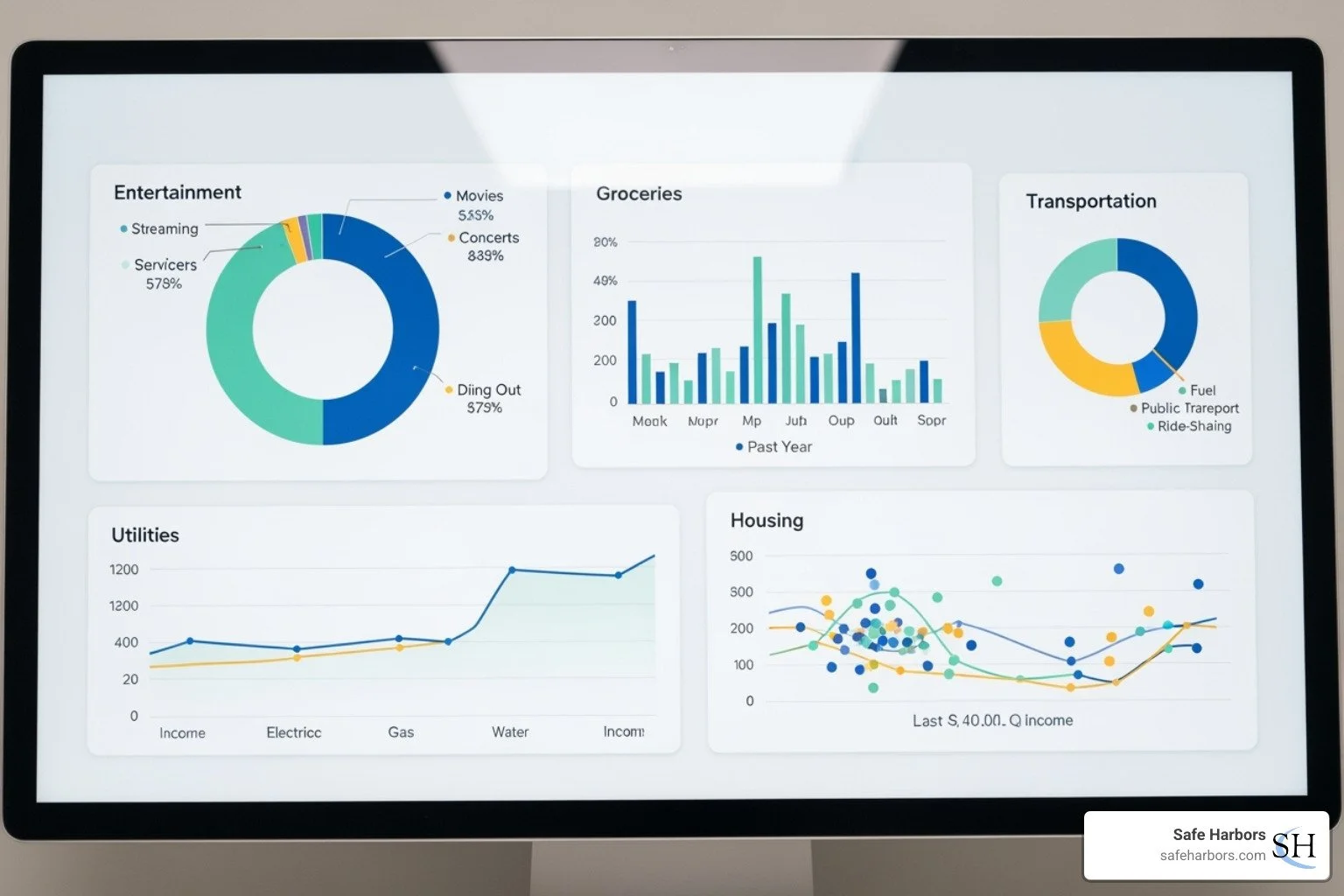If you are currently the acting travel manager for your company, your job consists of more than just booking business trip flights and hotel rooms. You're not just pre-arranging a place for a traveling team member to sit and sleep - you're crafting an experience. This experience must be not only productive but also somewhat enjoyable for your employees and their work team. You must consider these booking tips to avoid jet-lagged employees as these details can shape the results of the entire trip. Unfortunately, most ad-hoc travel managers are assigned to the task with little to no training. This means that mistakes happen, and business trips are often harder than they need to be for the person embarking on the journey. Among the most common mistakes made is booking flights in a way that enhances jet lag rather than reducing it. When your traveling colleague is tired and disoriented from changing time zones without anti jet lag planning, they won't be at their best for the work at hand. The following outlines what jet lag truly is and how to plan your business trip to best avoid it and its negative consequences for your employees.
WHAT IS JET LAG?
It's a common misconception that jet lag is related to lack of sleep during travel, but, in fact, it can happen just as easily to people who successfully sleep on the plane or take off and arrive during their regular waking hours. Instead, jet lag is the result of confusing your circadian rhythm, otherwise known as your body's own internal clock. You've probably heard the term circadian rhythm about when and how deeply we sleep. Essentially, your body has a schedule that gives it an idea as to what time it is and guides energy levels according to that time. This is why you're almost always ready to sleep by your usual bedtime and why many people tend to wake naturally two minutes before their regular alarm goes off.
Jet lag, therefore, happens when your circadian rhythm is thrown off. Even if your traveling colleague is ready for the time zone change personally, their body and brain will still get confused and induce jet lag when the sun is in a different place than the body anticipates upon landing. Symptoms of jet lag are your body's objections to this confusion and include lack of focus, bad mood, soreness, dizziness and headaches, insomnia, and stomach problems. The good news is that by understanding travel, the sun, and circadian rhythms, you can strategically plan flights to reduce the consequences of jet lag.
RESPONSIBILITY OF THE TRAVEL MANAGER
In terms of approach to the job, there are two kinds of travel managers: those that book whatever's cheapest and those that do everything in their power to make a trip pleasant and productive for the traveler. Needless to say, the second approach gets better results. In fact, it's your corporate responsibility to both the traveler and your company to arrange for comfort, convenience, and minimum jet lag for every trip you plan.
The reason for this is because, while it's courteous to plan an enjoyable trip, it's absolutely vital to plan a relaxing one with minimal jet lag. The dizziness, disorientation, mood swings, and indigestion caused by jet lag can make it much harder for your traveling colleague to accomplish the goals that were set out for them. It's challenging to make the most of a short trip when your head and stomach are both acting up. As the company travel manager, it's your duty and opportunity to reduce these symptoms with savvy flight booking practices.
1. BOOK IN DAYLIGHT
While common advice suggests trying to book night flights your traveling colleagues can sleep through to least interrupt their daily schedule, there are two reasons to dodge this advice. First, you have no idea whether or not your colleague can sleep on planes, and sleeping pills are always a bad idea. Second, this is a terrible approach for shorter flights as it effectively slices up the sleep time rather than streamlining it.
Instead, do your best to book flights from daylight to daylight. The circadian rhythm is most picky about when the sun goes up and down, so leaving in the morning and arriving in the afternoon is often the best way to make sure that all activity happens during your colleague's normal active time. With plenty of buffer space on each side, they can adjust their sleep schedule to the new location without being required to force unusually early sleep or stay up very late immediately upon arrival. This is also the best approach for traveling east, which is much more difficult.
Be sure to look up sunrise and sunset times if you're cutting it close and aim for all travel occurring between mid-morning and mid-afternoon to reduce sun-movement disorientation.
2. EARLY BIRD GETS THE WORM
If you do have to book your traveling colleague for a flight closer to when the sun is rising or setting, do not send them out in the evening where they will already be tired upon arrival. One of the most important things about helping your travelers combat jet lag is giving them plenty of time awake in the new destination to take control of their schedule rather than having the urge to pass out immediately whether or not that's the best plan in the new time zone.
For this reason, if you must book a morning or evening flight, always opt for flights in the morning. This not only gives your traveling colleagues plenty of time to adjust in the new location, but it also allows them to start the day fresh and prepared to travel rather than interrupting a day their body will think of as 'normal.'
3. EAST VS WEST
When planning trips of longer than two or three hours, it's imperative to know the difference between traveling east and traveling west. The sun travels from east to west, meaning that when you head west, you're racing ahead of the sun, and extending the traveler's active day while going east is heading back into the sun's path in which it will be later when they arrive. Going west is almost universally considered better because most people find it easier to stay up late than go to bed early. When planning for trips east, schedule flights earlier in the day, perhaps even at the crack of dawn, so that your travelers can have the maximum number of daylight hours in the new time zone before the unusually early bedtime.
4. BUFFER TIME
Finally, you can fight jet lag and help your traveling colleagues to minimize the effects. Still, it can't be eliminated entirely because the circadian rhythm is always at least a little thrown by unexpected changes in the sun's position. Since you are likely also in charge or at least have access to your traveler's business itineraries, make sure to give them plenty of buffer time to recover from arrival. In general, it's best not to schedule meetings and work until they've had a chance to get one complete sleep cycle in the new location. However, if the trip must be short and incredibly compact, book an early flight and make sure your colleague has at least three hours to rest, shower, and compose themselves before the first business meeting.
Being an ad-hoc travel manager for your company is a big responsibility, and most people will underestimate just how much work you have to put in to make a business trip enjoyable, productive, and mostly jet-lag free. Follow these tips to booking flights to avoid jet-lagged employees and keep your business travel as productive as possible.





